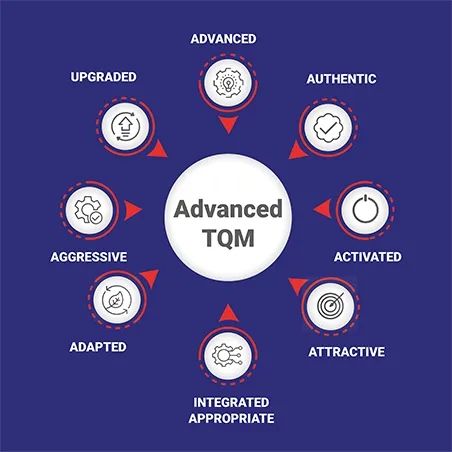
INTRODUCTION
New Product Development (NPD) is a structured and proven approach of developing and launching new products and services in the market “first time right”. Our approach for New Product Development spans from understanding the needs of the market to designing suitable processes and the structure, to successful launching for targeted revenues. Crashing “time to market” is the key driver for the New Product Development process.
New Product Development: Training and consultancy to clients to develop new products and variants of the existing products using concurrent engineering and scientific techniques to understand and meet customer requirements with greater reliability, while reducing development cycle time, cost and errors at early stages. Understanding customer requirements and effective utilization of QFD for deployment at various stages of New Product Development.
Types of New Product Development Projects
| S No. |
Type |
Purpose / Aim |
| 1. |
Extension of existing product line. |
Strengthen product line up, Improve product Quality, Reduce cost etc. |
| 2. |
Use of existing material, technology and equipment to develop products with new applications. |
Use current core knowledge/ technology to develop new product Glass lab. Equipment makers develops glass tableware |
| 3. |
Development of products that utilize the same sales and distribution channels as existing product. |
Use of current channels for new avenues Development of film by Camera manufacturer |
| 4. | Developing a new product that have absolutely no connection with existing product. | Expansion and acquisition of markets / Technology |
Good New Product Development process
- Requires upfront Voice of the Customer (gathering customer wants and needs) prior to extensive design
- Integrates design, marketing, production and supply chain into new product development activities (makes it pan-Company integrated process)
- Provides the criteria to support rigorous Design Reviews
- Enables leadership to realistically set high expectations, and demand evidence to support conclusions
- Provides tools, steps of actions and deliverables that clarify and support meeting these high expectations
- Reduces/eliminates repeat and recurring defects.















